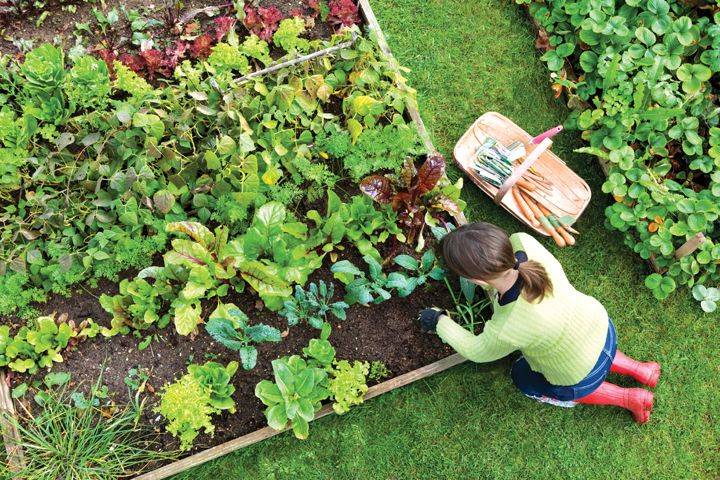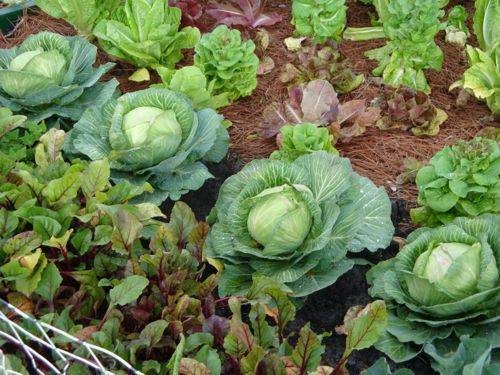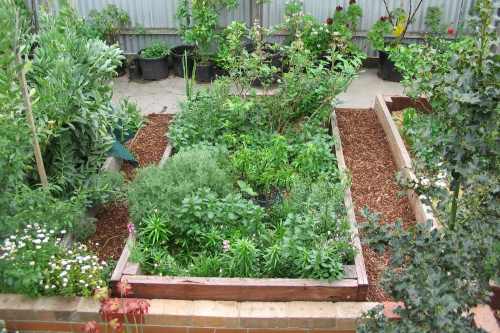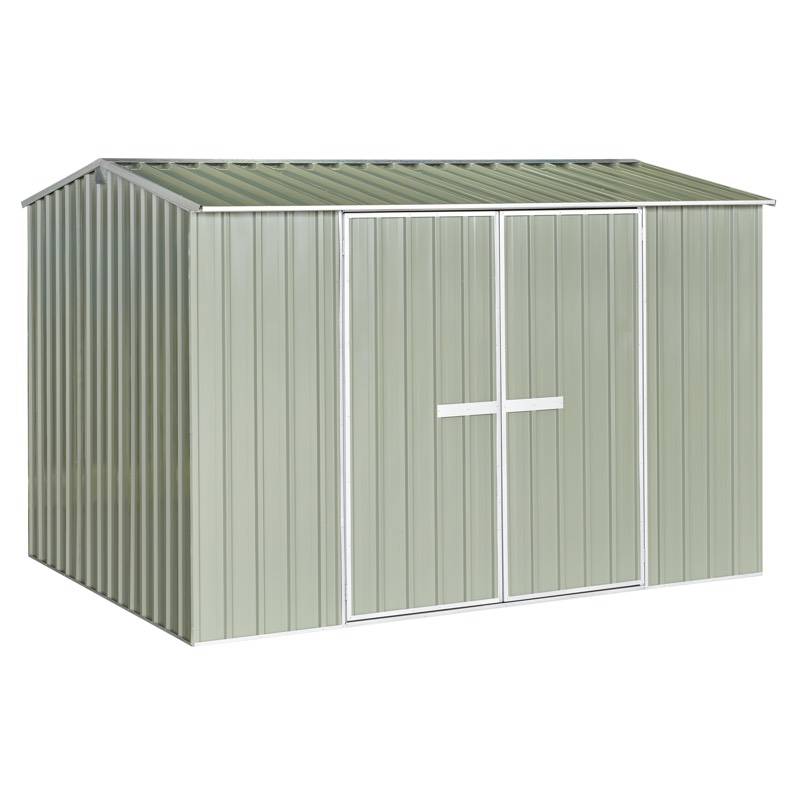It’s time to get your vegetable garden started
In New Zealand, there are a lot of regional and local differences when it comes to soil and climate. Hence, if you are planning to start your vegetable garden, you should know what veges to plant and when.
Different growing seasons
The growing season for veges will vary depending on where you are based. The north, which is the warmest part of New Zealand, has a subtropical climate. The main growing season in this region is from August to June when the average temperatures range from 15 degrees to 30 degrees Celsius.
The middle part of New Zealand has cool winters and warm summers. The main growing season extends from mid-September to May or June and the average temperature during spring and summer is between 10 degrees and 25 degrees Celsius.
The south has cold temperate climate, with cold winters and warm summers. This region has a relatively short growing season compared to other parts of New Zealand. The main growing season begins from end October or beginning of November and continues until April or May.
Why have your own vegetable garden?
It is always a good idea to grow your own vegetables. This way you can eat fresh, pesticide-free vegetables everyday without having to buy expensive out-of-season imports that most grocery stores and supermarkets sell. Furthermore, eating fresh veges ensures your body gets the nutrients it requires, keeping you healthy.
Depending on how many types of veges you grow, you can experiment with dishes and concoct something special for your loved ones. So, it definitely makes sense to start your vegetable garden and be self-reliant.

Growing vegetables at home
The worst spot to grow vegetables is often your backyard. Typically, backyards are located on the south side of homes and this means your backyard will not get a lot of sun. Also, as it is your backyard, you will not go in and out of it. This will give a free rein to weeds and also prevent you from regularly tending to the plants and harvesting the vegetables.
Location and shape: Think of starting your vegetable garden in the front and you don’t have to make it a boring rectangular shape. You can make the garden attractive by going in for a circular, octagonal or semi-circular shape.
Vegetable beds: You should try and have raised beds to grow vegetables. Not only will this facilitate good drainage, you also can extend the growing season, as the soil will heat quicker. A raised vegetable bed allows you to carefully create a soil mix that has all the nutrients the plants require and never have to bother about digging up the front yard.
Aesthetics: You can have several raised beds and enhance the appearance by creating a pathway between the beds for easy access. You can place stone, shells or gravel along the pathways to keep your feet dry and beautify the area.
Also, add trees, as some vegetables prefer shade or semi-shade to grow well, while others thrive in full sunlight. You can create a backsplash with the help of a trellis and grow kiwifruit or grapes on it to enjoy fresh fruits, as well.
Conclusion
There is so much you can do with your vegetable garden. So get started and create a garden that you love and want. You can easily grow asparagus, beetroot, broccoli, capsicum, Brussels sprout, cabbage, broad beans, courgette, carrot, cavalo nero, French beans and much more in your vegetable garden
Related tags: awesome garden sheds




